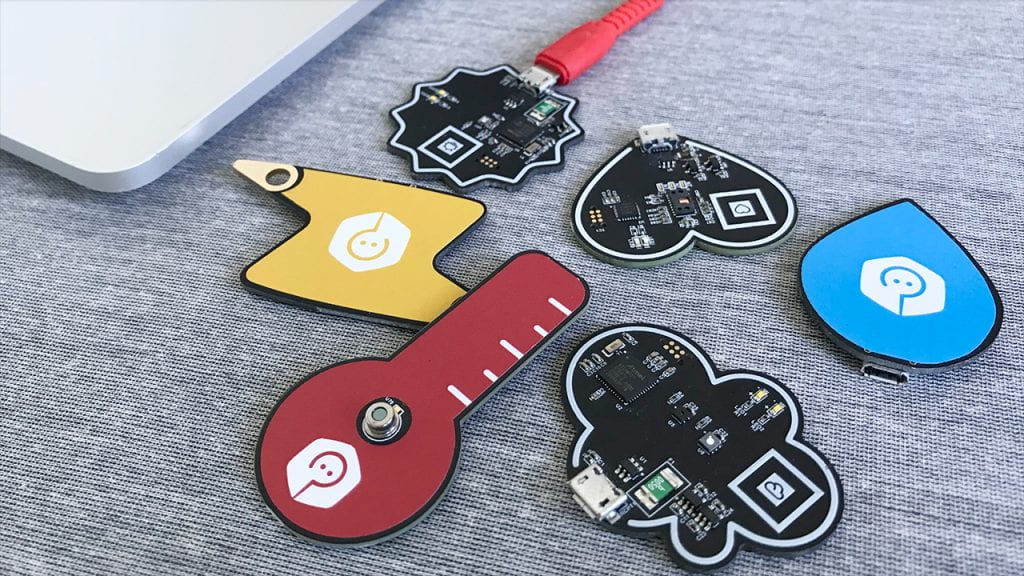Technology-enhanced learning
A variety of modes of learning and teaching delivery play a key role in providing more accessible, equitable and lifelong higher education opportunities for our students.
Technology-Enhanced Learning (TEL) is a recognised umbrella term (supported by Advance HE) that incorporates and supports a wide variety of learning and delivery options, including blended, online, flexible, flipped, hyflex, dual, multimodal, and in-person (face-to-face, on-campus). TEL can foster rich on-campus experiences, open new settings for learning, help educate students for the present and empower them for life-long learning. By leveraging TEL, every physical or digital space; whether on campus, in the community, or industry-based can be transformed into an environment that promotes active student engagement and optimises the overall learning experience.

Blend
Quality interactive blended learning design involves thoughtful, online learning combined with in-person experiences.

Communicate
Learners express their ideas, and challenge and respond to the ideas and questions of others.

Create
Learners consolidate what they have learned by articulating their current conceptual understanding and how they have used it in practice.

Digital citizenship
Digital citizenship encompasses a range of capabilities that go beyond IT skills.

Online presence and community of inquiry
The Community of Inquiry model is an established framework for online learning and a useful way to think about mixed-mode teaching.
Definitions: Modes of teaching delivery
The University is committed to support a clear and consistent understanding of the various modes of teaching delivery. To achieve this, we present definitions that differentiate among the broad modalities, without narrowing down to specific types of teaching activities.
In-person
In-person teaching requires that course content and learning material be taught in person to students. On-campus (or other physical location) learning events are scheduled regularly throughout the semester/quarter. Attendance at on-campus events is expected and may be compulsory. Lecture recording may or may not be available. Some resources, assessments and learning support may be available online, but these would primarily be static resources.
Blended learning
As a recognised subset of TEL, blended learning offers flexibility tailored to diverse needs.
- For learners, this could mean choice in time, pace, place, content, learning style, assessment, collaboration, and support mechanisms.
- For teachers, this flexibility can mitigate workload issues, facilitate access to external experts/contexts as part of learning and teaching, and address resource demands.
- For the institution, possibilities are offered to deal with travel to a main campus in a congested city to widen access to the student market and improve resilience to disruptions to teaching and learning.
While there exist varied interpretations of blended learning, the University will adopt the definition coined by Garrison & Kanuka (2004, p. 96)
“The thoughtful integration of classroom face-to-face learning experiences with online learning experiences.” 1
The term ‘thoughtful’ is elaborated by the authors as reflecting the purposeful combination of the respective strengths of synchronous, asynchronous, face-to-face and online learning activities.
Fully online
Fully online courses are completed remotely, with no compulsory attendance of on-campus learning events. Online learning elements may include scheduled live (synchronous) learning events. Attendance at synchronous online learning events is expected and may be compulsory. This type of teaching may be synchronous, where students watch instructors deliver their lectures live over streaming services such as Zoom, or asynchronous, where students watch lecture recordings or engage with online spaces like discussion boards at different times with their peers.
Page updated 27/08/2025 (stylistic refresh)
- Garrison, D. Randy, and Heather Kanuka. “Blended learning: Uncovering its Transformative Potential in Higher Education.” Internet and Higher Education 7, no. 2 (2004): 95-105. ↩

